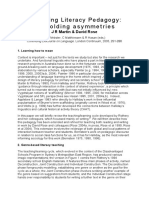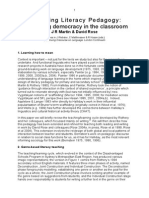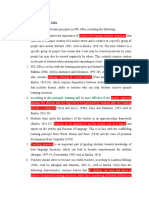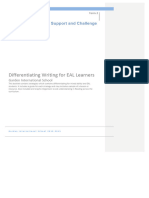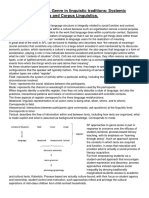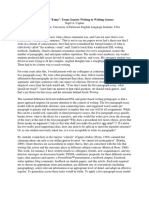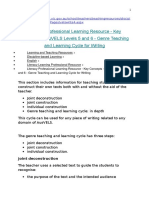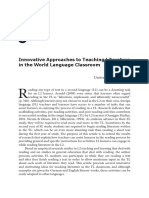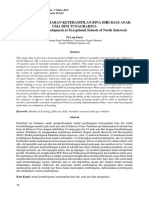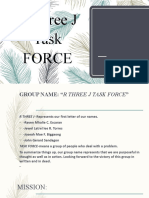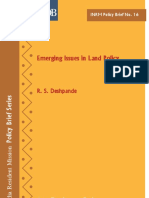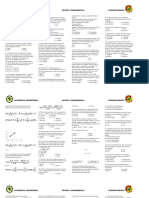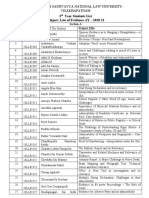0% found this document useful (0 votes)
13 views8 pagesCLASS 5 Post-Reading Tasks and Language Teaching
This document outlines a class focused on teaching reading in English, emphasizing the integration of reading with writing, speaking, and listening skills. It presents the Teaching Learning Cycle, which includes stages of deconstruction, joint construction, and independent construction to enhance students' text engagement and creation abilities. Additionally, it discusses the importance of post-reading tasks and provides strategies for effective reading instruction and assessment.
Uploaded by
Brian Damián PelletierCopyright
© © All Rights Reserved
We take content rights seriously. If you suspect this is your content, claim it here.
Available Formats
Download as PDF, TXT or read online on Scribd
0% found this document useful (0 votes)
13 views8 pagesCLASS 5 Post-Reading Tasks and Language Teaching
This document outlines a class focused on teaching reading in English, emphasizing the integration of reading with writing, speaking, and listening skills. It presents the Teaching Learning Cycle, which includes stages of deconstruction, joint construction, and independent construction to enhance students' text engagement and creation abilities. Additionally, it discusses the importance of post-reading tasks and provides strategies for effective reading instruction and assessment.
Uploaded by
Brian Damián PelletierCopyright
© © All Rights Reserved
We take content rights seriously. If you suspect this is your content, claim it here.
Available Formats
Download as PDF, TXT or read online on Scribd
/ 8
